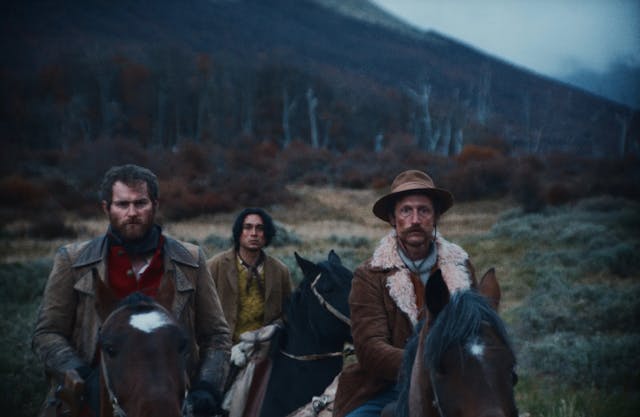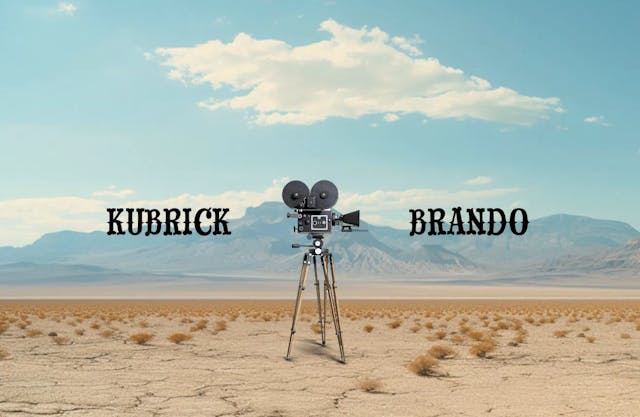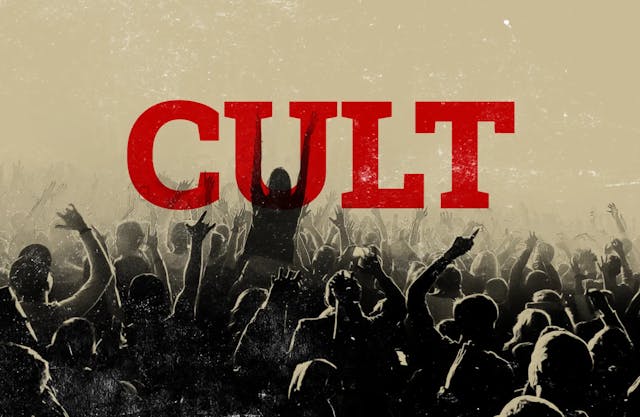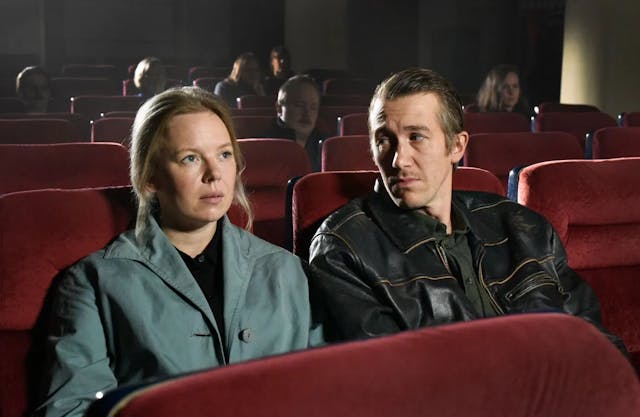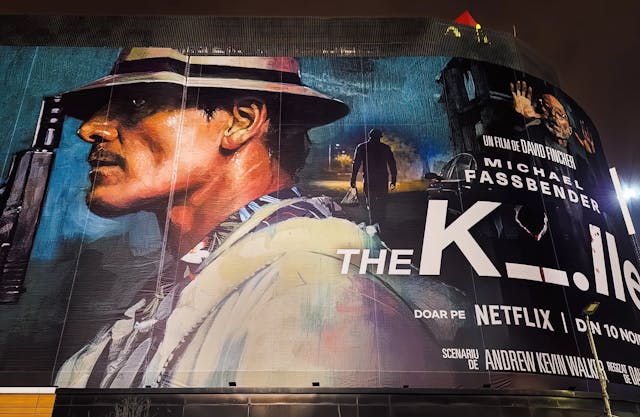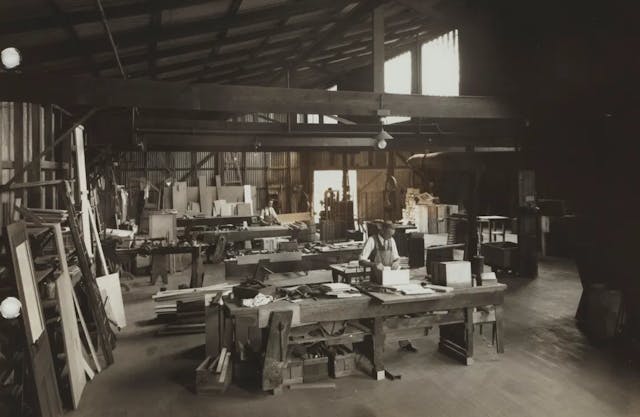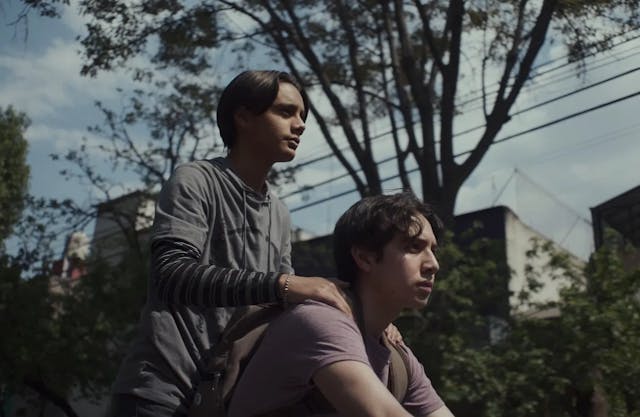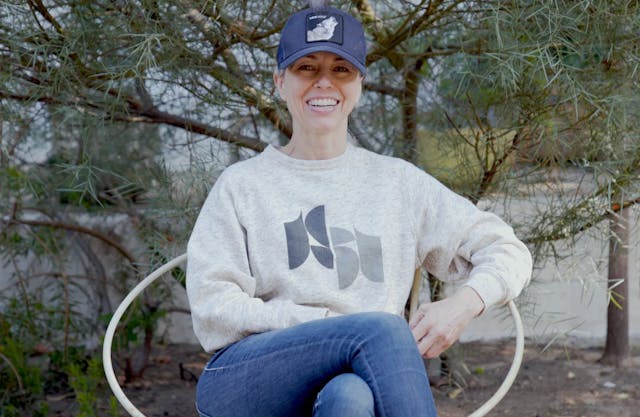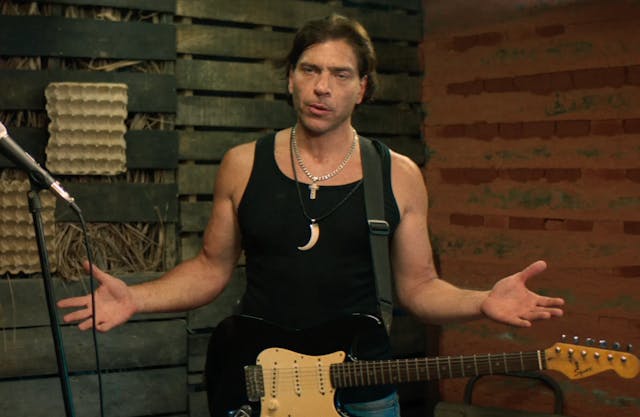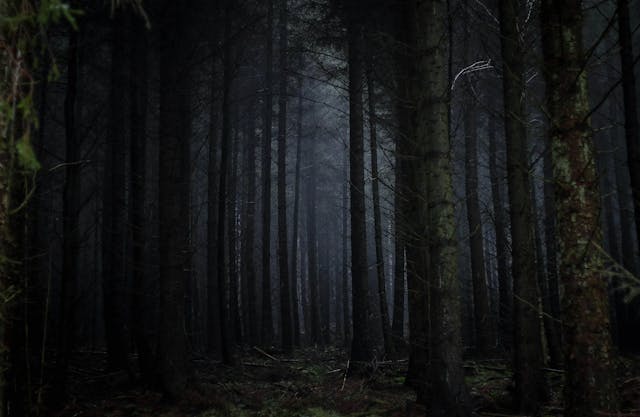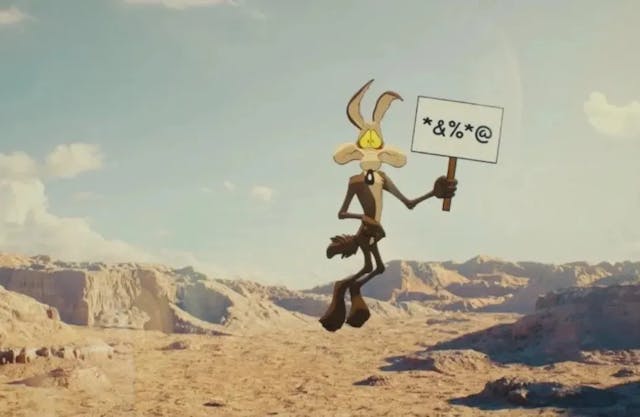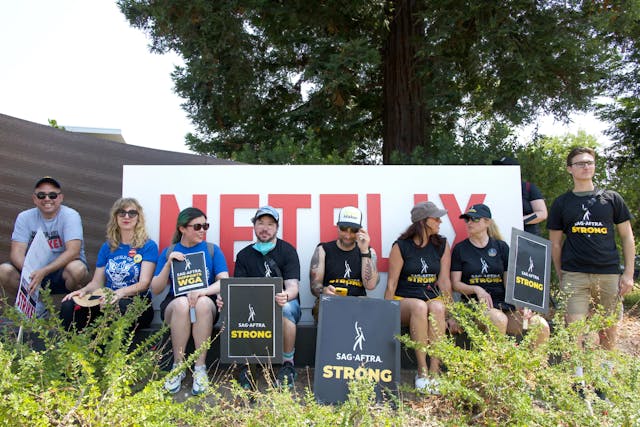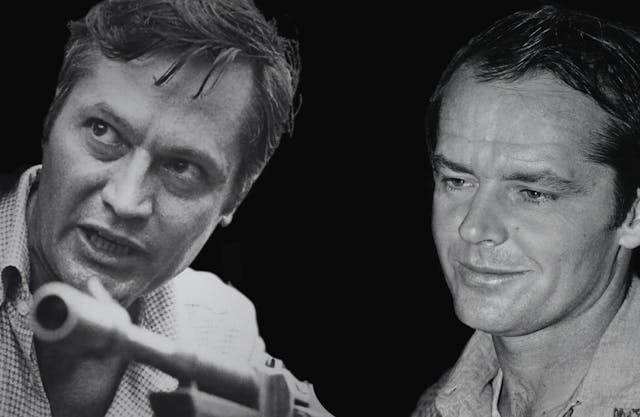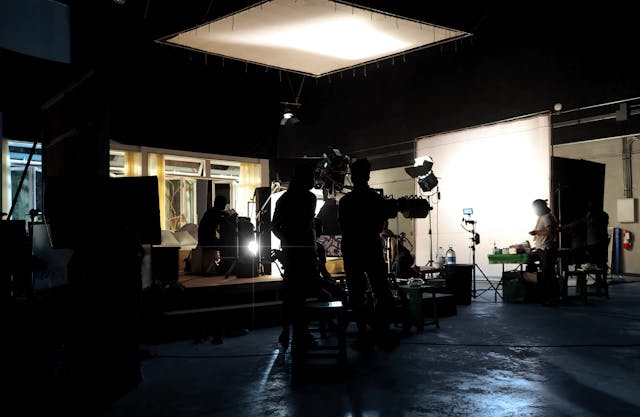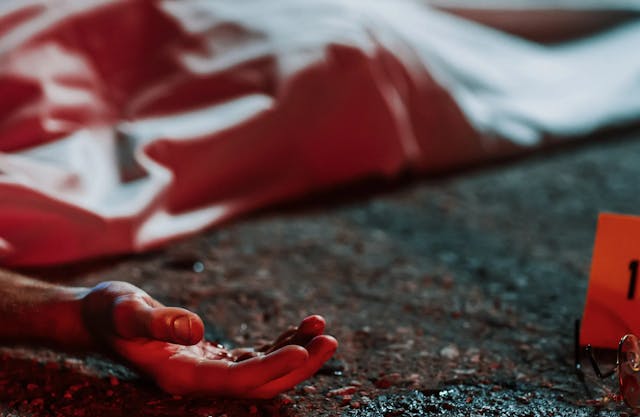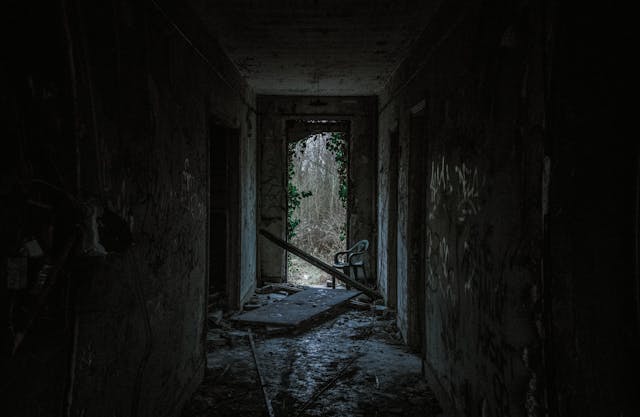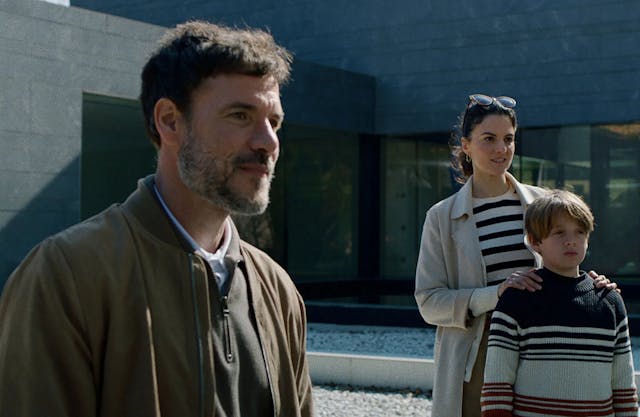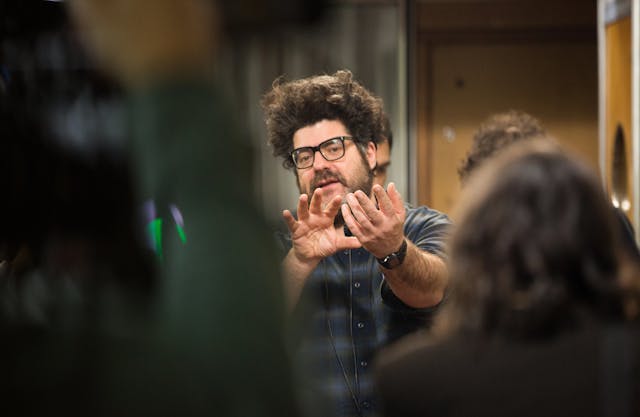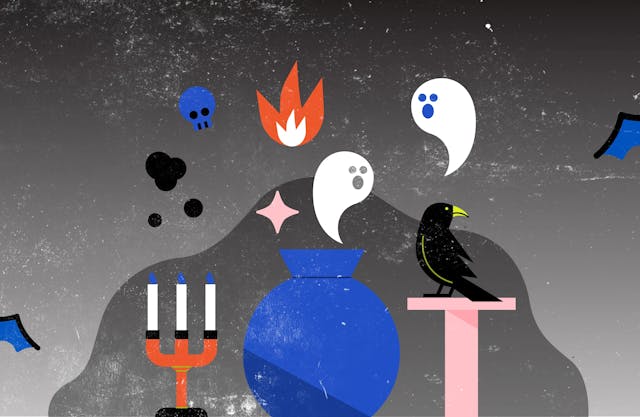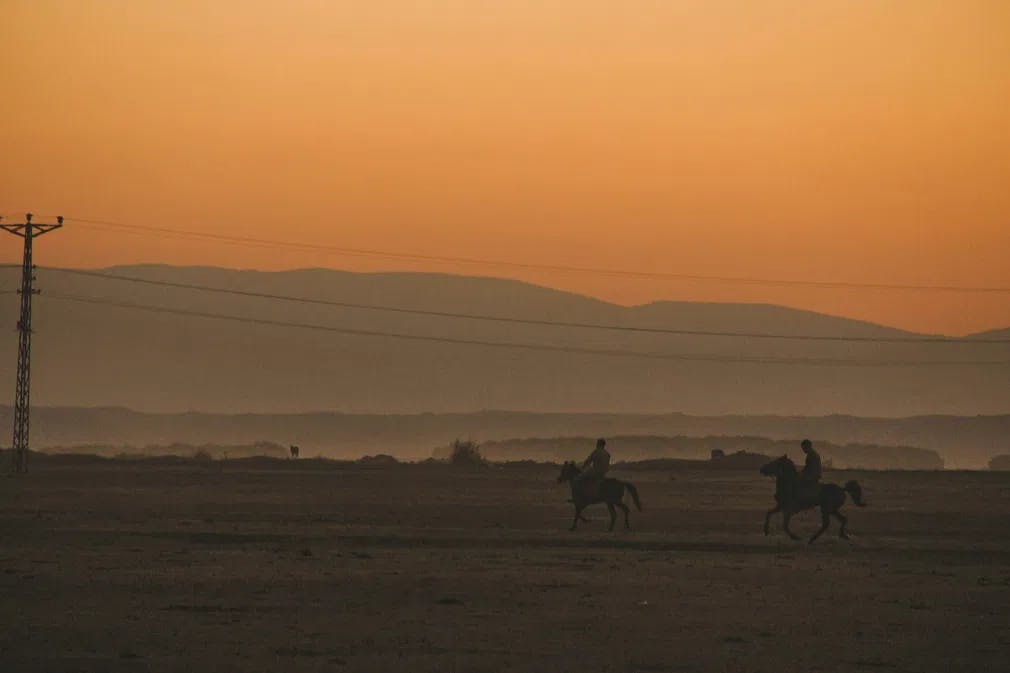
The Western is one of the sturdiest genres developed by Hollywood in its Golden Age. It might fall out of favor occasionally, but it always bounces back. It sprung into A-list spectacle and Poverty Row's low budget movies. It went through a much-needed re-evaluation of its conception of native Americans. It even resonated in other cultures with such strength that they developed their own versions. Think out the Spaghetti Western from Italy and the cultish Indianerfilm from Cold War East Germany, which framed the Native Americans as heroes to stick it to "imperialist" Hollywood.
Popflick does its share by sharing a selection of unsung classics and curiosities featuring stars that defined the genre, from John Way to Randolph Scott, including the popular “singing cowboys” who fell into oblivion. We also have a recently released indie movie if you want something with a more modern sensibility. So, put on your hat, mount your horse, and hop to the Wild West. No rodeo skills are necessary!
The Oldest Posse
What happens when a contemporary indie director is in the thrall of the old Western conventions? Find out with “The Oldest Posse.” Writer-director Brett William Mauser assembles a group of veteran lawmen and renegades to track down an outlaw who happens to be the son of one of them. This brand-new release makes the most of its shooting locations in Mescal, Arizona. It also offers a nostalgic look at the genre Hollywood left by the wayside.
Rage at Dawn
Legendary western star Randolph Scott was entering the mature stage of his career when he headlined this RKO production. The movie is inspired by the real-life exploits of the Reno gang, three brothers and one sister who wreaked havoc in the South after the Civil War.
In the same year, Scott would work for the first time with director Budd Boetticher. “Seven Men from Now” (1955) became a harbinger of future things. The two got along famously and joined forces to make the Ranown Westerns. The cycle of 5 movies, each telling a separate story, is named after the independent production company they founded to make these wonderful low budget movies. They are genre classics that put more expensive studio productions to shame.
Riders of the Whistling Pines
Gene Autry was the original singing cowboy. He began in radio, crossed over to the developing film medium, and parlayed his fame into a multimedia empire. He ended up with a network of radio and TV stations and founded the Major League baseball team California Angels.
He was 15 years into his long career when he starred in “Riders of the Whistling Pines.” A couple of hoodlums in lumber country frame Gene for a crime he did not commit, or rather, several: poisoning cattle and murder most foul. Ranger Charles Carter (Jason Roberts Sr.) was hot in pursuit of the hoodlums, who kill him in such a way that the blame falls on Gene. And yes, Jason Robards Sr. is the father of the similarly named actor who developed his stellar career and won an Oscar for Best Supporting Actor for “All The President’s Men” (1976).
Roll On, Texas Moon
Roy Rogers was well into his career as a matinee idol when “Roll On Texas Moon” premiered in 1946. Born Leonard Franklyn Lyle, he started his career as a musician, scoring hits with the trio Sons of the Pioneers. He was roped in for his first movie after Gene Autrey, the original signing cowboy, abandoned the project over a money dispute. And so, Roy Rogers was born in “Under Western Stars” (1938). By then, he had made several pictures, but everything paled in the shadow of his newfound persona.
Off-screen and on, Leonard presented himself as Roy Rogers. In “Roll On Texas Moon” (1946), all the ingredients of his formula were in place. His wife Dale Evans costars. His horse Trigger takes him places, and the faithful Sons of the Pioneers are at hand to accompany him in singing. He would go on to become a massive star. He made over 100 movies, headlined radio shows, and a long-running TV series. He even opened a chain of fast-food restaurants named after him. Yes, those “Roy Rogers” belonged to Roy Rogers. What is it with these signing Cowboys? They turned out to be quite the entrepreneurs.
Blue Steel
Years before finding his breakthrough role in John Ford’s “Stagecoach” (1939), John Wayne starred in dozens of low-budget westerns churned out of the Poverty Row studios. These were Hollywood’s Golden Age equivalent of modern indies: low-budget movies that allowed for creative freedom and innovation since the economic risk was low. Sure, there were a lot of disposable products, but it’s a thrill to watch “The Duke” honed his persona, one movie at a time.
In 1934, the year “Blue Steel” hit theaters, he made nine movies! At 54 minutes of running time, “Blue Steel” barely qualifies as a feature. By modern standards, it would be labeled as a short film. Wayne plays the role of John Carruthers, a US Marshall who witnesses a robbery. Local Sheriff Jake Withers (George Haynes) thinks he has something to do with it. While Carruthers fights to prove his innocence, local robber barons set a sinister plan.
Go West
The ineffable Buster Keaton takes the romantic promise of the West down a peg or two in this hilarious comedy. There are no mythical cowboys in sight here. This is a contemporary comedy - well, modern for the early XX Century. Keaton plays a broke fellow who falls for the promises of easy riches in the western frontier of the United States. He bumps a ride on boxcars and arrives at a ranch where fortune is elusive.
He is not a cowboy taking land away from native Americans and defending his claim with fire. Buster is a ranch hand, prone to pratfalls and mishaps. His best friend is a very smart cow, marked for the abattoir. Saving his friends and conquering the Foreman’s prim daughter becomes his goal.
One-Eyed Jacks
Marlon Brando was at the top of his acting career when he took the reigns of this project, originally developed for Stanley Kubrick. The star took it on as his directorial debut, producing and starring. Brando plays Rio, a charming bandit left to take the heat for a messy bank robbery by the gang leader, ‘Dad” Longworth (Karl Malden). Once he gets out of jail, Rio sets out to get revenge.
Brando was a mercurial artist, and the making of “One Eyed Jacks” spelled disaster for the executive suite. Film production went over schedule and budget. It failed at the box office and dented Brando’s reputation. An Oscar nomination for Best Cinematography was not enough consolation. In time, this “cursed film” war was reappraised by critics and hailed as a masterpiece. We can only guess what wonders Brando would have brought as a director if his lyrical, poetic sensibility had found more chances to get behind the camera. He would have got a Best Director Oscar for this film in a perfect world.
Want to get an email when we publish new content?
Subscribe today